One of the most annoying aspects about hot glue is that it won’t adhere to the surface you’re attempting to attach it to. Whether you’re trying to adhere fabric to a wooden frame or create a 3D sculpture with foam, there are bound to be times when the glue just doesn’t want to cooperate. In this article, we’ll explore a few common surfaces that hot glue won’t adhere to and some ways you can work around it. We’ll also review some of our favorite products that are designed for adhering materials in difficult-to-stick-to places!
Table of Contents
What Surfaces Will Hot Glue Not Stick On?
There are a few different types of surfaces that hot glue generally doesn’t adhere to well. These include:
- Polished or glossy surfaces – Serviceable surfaces for hot glue are those that are not too smooth and/or do not have a high sheen. This includes materials like glass, metal, and some plastics.
- Porous surfaces – Surfaces with pores or small cracks can be difficult for hot glue to grip onto. This includes materials like wood, paper, and certain types of fabric.
- Flexible surfaces – Surfaces that are flexible or stretchy can also be tricky for hot glue to stick to. This includes materials like rubber, silicone, and some types of plastic. [1]
While these are the most common types of surfaces that hot glue has trouble sticking to, there are always exceptions to the rule. For example, you might find that hot glue will stick to a particular type of metal or plastic that falls into one of the above categories. The best way to know for sure whether or not hot glue will stick to a surface is to test it out on a small area first.
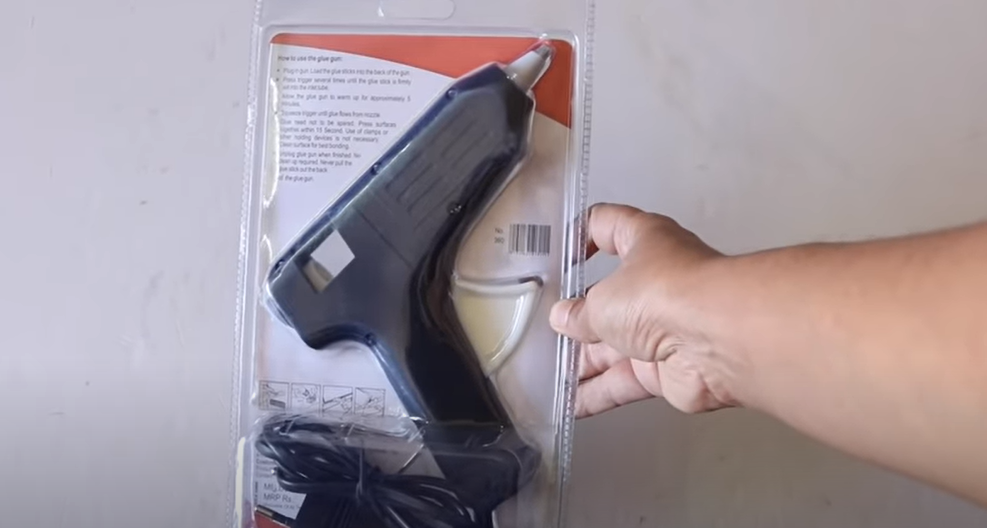
If the glue from your hot glue gun isn’t sticking to your project surface, try one of these things:
- Use less pressure – When you’re pressing the trigger on your hot glue gun, try using less pressure than you normally would. This will help prevent the glue from being pushed too far into any pores or cracks in the surface, making it more likely to adhere.
- Create a makeshift adhesive – If you’re really struggling to get hot glue to stick, you can try mixing it with another substance that will help it adhere better. For example, adding a little bit of sand or cornstarch to hot glue can make it more likely to stick to porous surfaces like wood or paper.
- Use a different type of glue – If all else fails, there are other types of adhesives that might work better for your project. Craft glues like E6000 and Gorilla Glue are designed for bonding difficult-to-stick-to materials, so they might be worth trying if hot glue isn’t working out. [2]
Have you ever had difficulty sticking hot glue to a certain surface? Share your tips and tricks in the comments below!
Why Doesn’t Hot Glue Stick To All Surfaces?
The answer has to do with the properties of hot glue itself. Hot glue is made up of a polymer resin and a hardener. When these two ingredients are mixed together, they create a chemical reaction that causes the glue to become very sticky.
However, there are some surfaces that this sticky reaction just doesn’t work on. In general, hot glue won’t stick to surfaces that are:
- Too smooth
- Too dry
- Oily or greasy
- Made of certain materials like glass or metal [3]
So if you’re having trouble getting your hot glue to stick, it’s likely due to one (or more) of these factors. Let’s take a closer look at each one.
What Will Make Hot Glue Stick Better on All Surfaces?
A valid question we often get is how to make hot glue adhere more securely to different surfaces.. Unfortunately, this is not a question that has a one-size-fits-all answer.
Use The Highest Temperature Possible
A higher temperature setting on your glue gun will produce a stronger hold. This is because the hotter the glue, the more pliable it becomes. You can test whether your glue is at the correct temperature by applying a small amount to a piece of paper. If it’s too cold, it will take longer to dry and won’t be as strong. If it’s too hot, it will melt quickly and run off the surface.
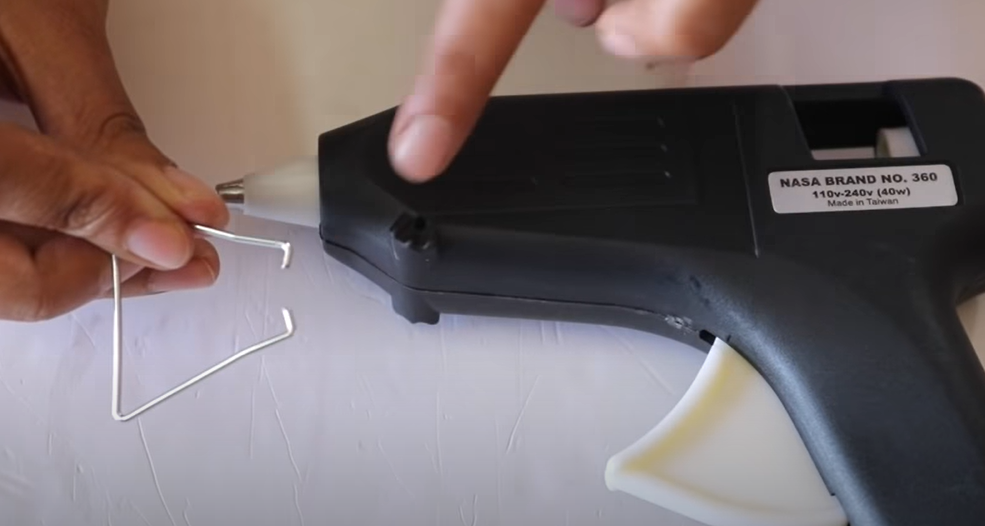
What Factors affects The Strength of Hot Glue
The strength of the bond that hot glue creates is determined by three primary factors:
- The glue gun and sticks being used must be of high quality
- The cleanliness of both the surfaces being glued and the glue gun’s nozzle
- The amount of pressure applied to the trigger while gluing [4]
Each of these factors will be discussed in more detail below.
Improper Temperature
Hot glue needs to be at the proper temperature in order to stick to surfaces. If it is too cold, it won’t adhere properly. Likewise, if it is too hot, it can melt the surface you are trying to glue. A low-temperature hot glue gun is the greatest solution for this issue.
One way to avoid this problem is by using a glue stick that has been specially designed for low-temperature hot gluing. These items are made from materials which melt at lower temperatures – meaning they won’t damage delicate surfaces when used with your particular gun.
When you’re trying to glue something and it just won’t stick, try heating up the surface that’s being glued. You can do this with a heat gun or by using your hair dryer set on high setting! It might be worth giving these tips another go if all else fails because they’ll work much better than before.
The Surface
The surface material is a critical aspect to think about when planning any hot glue project. Even though hot glue has a diverse range of applications, there are still some surfaces that it doesn’t stick to well.
When working with a smooth surface, hot glue can be difficult to apply. The best way around this problem is by sanding down any rough patches on your workpiece until you achieve the desired results and then applying more of it.
You can use hot glue to attach two surfaces together, but only if they are compatible. With some knowledge of which materials work best with this adhesive you’ll be able make your next project come out successfully.
Hot glue is a great adhesive for holding things together, but not so much on Teflon. If you’re trying to attach something that has been attached with hot-glue then be sure there’s no contact between the two surfaces and try another method instead!
Silicone is a material that can be difficult to work with when it comes time for gluing. The hot-glue issue seems particularly prevalent on silicone baking sheets, as well as other kitchen tools made of this type of surface and you should definitely avoid using any sort if possible.
Polyethylene and polypropylene are two more types of plastics that hot-glue doesn’t stick well with so your project may never get completed! These materials often go into making plastic containers which means there’s no chance for success if trying this method – find an alternative instead like eco solvent cement or epoxy resin.
Powder coating can be a problem for hot glue because it’s not as durable. To attach something on top of powder-coated metal, use an adhesive that will stick better and last longer like double sided tape or epoxy resin.
Hot glue can be a tricky tool to use on oily surfaces. If you’re trying for an attachable connection with hot-glue, it is best practice first to clean the surface well before applying any of your supplies or adhesive so that there will not be troubles later down the line!
Often, the best way to get a good bond with hot glue is by working on surfaces that are rough. If you’re working against smooth metal or glass for instance, it’s possible your work will slip right off after application due in part from its lack of grip power – but this can often be remedied through sanding before applying more adhesive. [5]
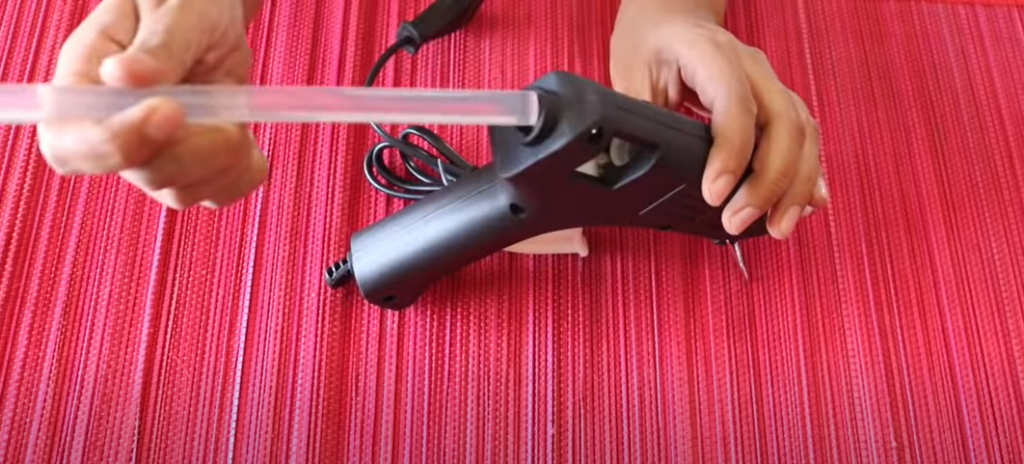
FAQ
What materials does hot glue stick to best?
The hot glue will bond best to porous surfaces such as wood, paper and fabric. It won’t stick well on nonporous materials like metal or silicon so if you want something attached without being permanently sealed then try using double-sided tape instead.
What does hot glue peel off of?
Hot glue is a great way to connect two surfaces together without any tools, but if you don’t apply it correctly then the adhesive can peel off. The key thing about hot-glue? Make sure your hands are dry before applying so that they grip onto whatever material has been roughened up or sanded down for better adhesion.
There are a few other things you can try if the hot glue is still not sticking. One option would be to use an even higher wattage gun, which will make it easier because of how molten and fresh from the oven this type feels on your skin! Another idea might include using water dipped sticks as well; these tend to have more flexible joints so they’ll absorb pressure better when applied against certain surfaces such as wood or glass (or anything else).
Does a hot glue gun stick to glass?
Hot glue is a great way to quickly and efficiently fix your broken glass. However, there are some things you’ll want to keep in mind before starting any new projects with hot glued pieces on them because it might not work well for every type of surface.
When selecting the right hot glue for your project, it’s important to consider both its properties and limitations. For example: low- temp hot glues work well on delicate projects but don’t bond as securely; high temperature options are easier to own than those with lower temperatures because they melt quickly into place without being too thick or brittle -but these also mean you must be more careful while working around them!
In general though I recommend trying out different kinds until finding what suits best within reason.
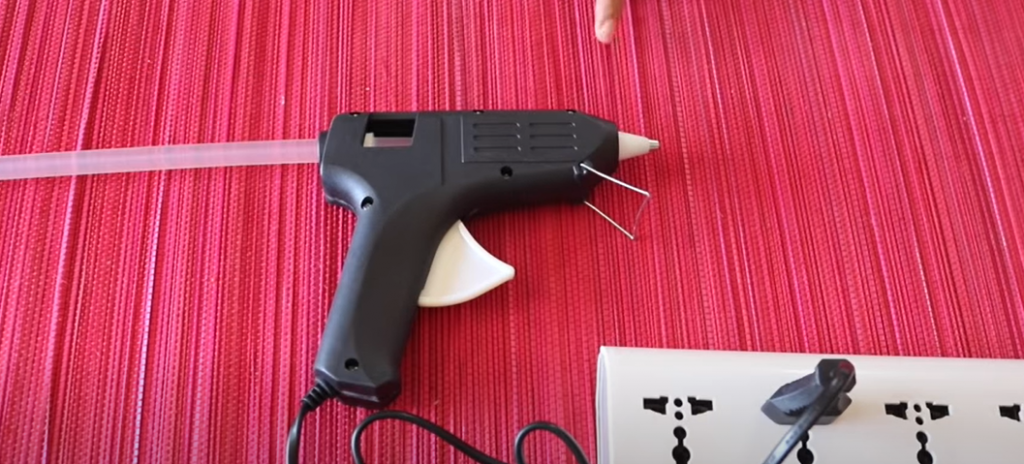
Does a hot glue gun stick to metal?
When deciding whether to use hot glue or not, there are a few things you should consider. Hot glues can damage metal if applied incorrectly and the temperature isn’t high enough for them (but this doesn’t mean they always fail).
For those of you looking to attach metal objects using a hot glue gun, we strongly suggest utilizing a high-temperature model. These guns can reach temperatures up to 400 degrees Fahrenheit, which is hot enough to bond most metals. Just be sure to use caution when applying the glue, as it can cause burns if you’re not careful.
If you don’t have a high-temperature glue gun, consider utilizing a two-part epoxy as an alternative. This type of glue is specifically designed for bonding metal, and it’s much stronger than hot glue. However, it can be more difficult to work with, so we recommend using it only if you’re experienced with gluing projects.
Does hot glue stick to acrylic?
Yes, acrylic will adhere to hot glue. However, there are a few things you need to keep in mind in order for it to work properly. First of all, make sure that the surface of the acrylic is clean and free of any grease or dirt. Otherwise, the hot glue will not adhere properly. Secondly, roughen up the surface of the acrylic a bit with sandpaper so that the hot glue has something to grip onto. If you do these two things, then hot glue will stick to acrylic just fine.
Will hot glue stick to concrete?
The answer is maybe. It all depends on the type of concrete and what you’re trying to attach. If the surface is smooth, non-porous, and clean, then there’s a good chance hot glue will adhere to it. However, if the concrete is textured or has any dirt or debris on it, then it’s less likely to work.
To increase your chances of success, start by roughening up the concrete with sandpaper. This will create more surface area for the glue to grip onto. A primer or sealer may also help you apply the hot glue more quickly. These products will help to create a barrier between the concrete and the glue, making it more likely to stick.
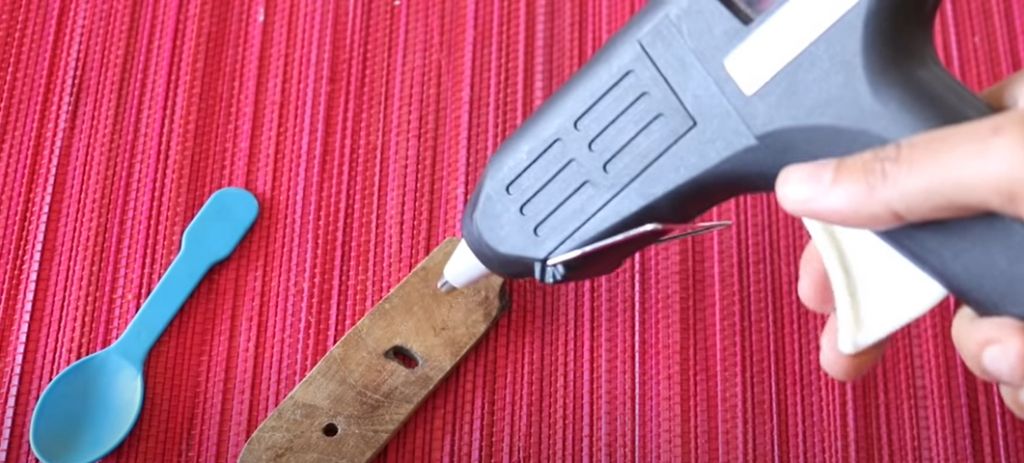
Is hot glue removable?
Most hot glues are removable, but some may be more difficult to remove than others.To avoid any mishaps, it’s always best to test out hot glue on a small area first before using it on something else.
Hot glue is less likely to stick to smooth surfaces, so if you’re having trouble getting the hot glue to adhere to your project surface, you may want to try roughening it up first. This can be done by sanding the surface or using a textured spray paint.
There are also some commercial products available that claim to make hot glue removable. These usually come in the form of sprays or liquids that you can apply to the hot glue before it dries.
How long does hot glue last for?
The lifespan of hot glue largely depends on how it is used and stored. Generally, if unopened and stored in a cool, dry place, a hot glue stick can last for up to two years. Once opened, however, the glue will start to degrade more quickly and may only last for six months to a year. If you find that your hot glue isn’t sticking as well as it used to, it’s probably time to replace it.
Useful Video: Why won’t my glue sticks melt? Why won’t my glue gun heat up?
Conclusion
One last thing to keep in mind is that even if a surface isn’t listed here, it doesn’t mean hot glue won’t stick to it. In general, hot glue will have a harder time sticking to smooth surfaces. So if you’re ever unsure, it’s always best to test a small area first. So, those are some surfaces that hot glue won’t stick to! If you have any other tips or tricks, be sure to leave them in the comments below. Thanks for reading!
References:
- https://glueaid.com/what-does-hot-glue-not-stick-to/
- https://www.favecrafts.com/Techniques/What-Does-Hot-Glue-Not-Stick-To
- https://www.favecrafts.com/Techniques/What-Does-Hot-Glue-Not-Stick-To
- https://asktrendyhub.com/what-does-hot-glue-not-stick-to/
- https://rchobbytips.com/what-does-hot-glue-not-stick-to/


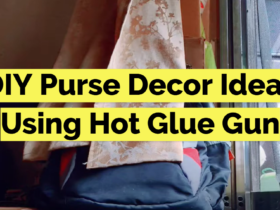

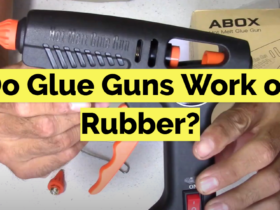

Leave a Reply